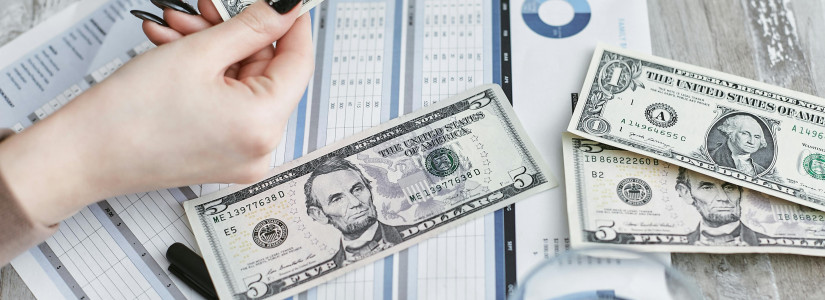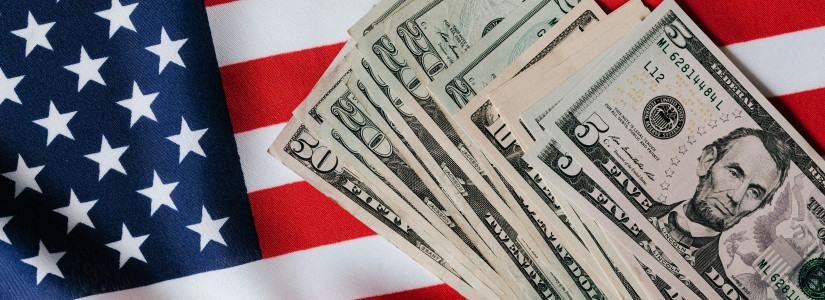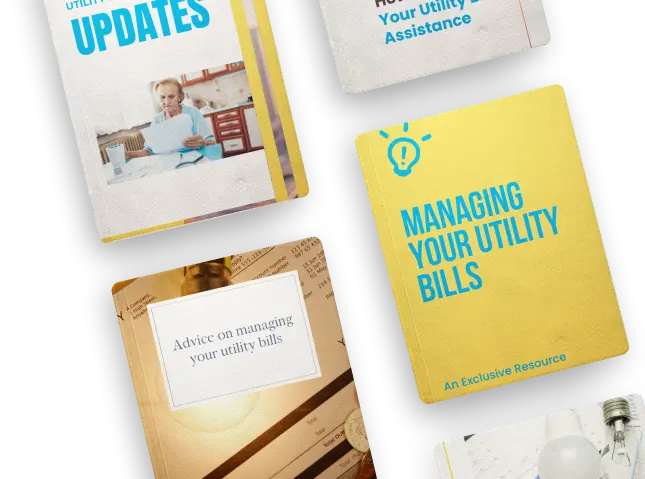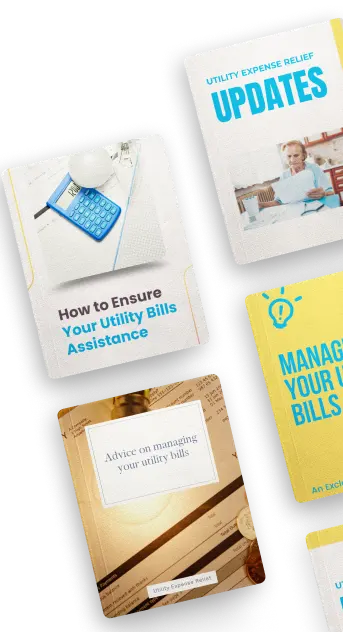Seniors, Cut Your Energy Bills: Here’s the Program You Need

Are you a senior looking for ways to reduce your monthly expenses?
One area where you can save big is energy bills, and the Weatherization Assistance Program (WAP) is here to help.
This program is designed to make your home more energy-efficient, which means lower utility bills and a more comfortable living space.
Let’s walk through how you can take advantage of this opportunity.
1. What is Weatherization Assistance?
Think of Weatherization Assistance as a smart way to cut down on your energy costs.
This program focuses on making your home more energy-efficient, which could mean adding insulation, sealing up drafty windows and doors, or upgrading your heating and cooling systems.
For seniors, this isn’t just about saving money—it's about creating a safer, more comfortable home environment.
Curious about the program? Check out the Weatherization Assistance Program Overview for more details.
2. Are You Eligible? Here’s How to Find Out
To qualify for Weatherization Assistance, your household income needs to be at or below a certain level, typically 200% of the federal poverty guidelines.
The good news? Seniors, along with families with children and people with disabilities, are often prioritized.
Not sure if you qualify? You can easily check the income guidelines on your state’s weatherization program website.
Here’s where you can find more on WAP Eligibility.
3. How to Apply: It’s Easier Than You Think
Applying for Weatherization Assistance might sound complicated, but it’s quite straightforward. Here’s what you need to do:
-
Step 1: Find Your Local Agency: Start by locating the agency in your area that handles Weatherization Assistance. You can use the WAP Locator Tool to find the right contact.
-
Step 2: Submit an Application: Once you’ve found your local agency, you’ll need to fill out an application. Don’t worry—it's pretty standard stuff. You might need to provide proof of income, your ID, and some details about your home’s energy use. Your state’s energy office website should have the specific forms you need.
-
Step 3: Get a Home Energy Assessment: After your application is in, an energy auditor will visit your home to see where improvements can be made. This might involve anything from checking your insulation to seeing if your windows and doors are properly sealed. Want to know more about what this involves? Visit the Home Energy Audit page.
-
Step 4: Enjoy the Savings: If you’re approved, the agency will schedule the work. This could involve adding insulation, fixing drafty windows, or upgrading your heating and cooling systems. These improvements could lead to significant savings on your energy bills. For a full list of potential upgrades, visit the Weatherization Services page.
4. What Happens Next? Expect Big Savings
Once your home has been weatherized, you should start seeing lower energy bills.
The improvements made through this program are designed to last, so you can enjoy the benefits—and the savings—for years to come.
Want to see how it’s helped others? Check out some WAP Success Stories.
5. Don’t Forget About Other Programs
Weatherization Assistance is just one way to save on energy costs. You might also be eligible for other programs like the Low Income Home Energy Assistance Program (LIHEAP), which can further reduce your bills and keep your home safe and warm.
For more information on LIHEAP, visit the LIHEAP website. And for extra energy-saving tips, check out the Energy Saver website.
Conclusion
If you’re looking to cut your energy expenses, the Weatherization Assistance Program could be a game-changer.
It’s more than just an energy-saving program—it’s a way to make your home safer, more comfortable, and more affordable to live in. By following the steps outlined above, you can apply and start enjoying the benefits. Don’t miss out on this opportunity to ease your financial burden.
For more details, head over to the Weatherization Assistance Program page and take the first step towards lower energy bills today.
Previous article: U.S. Mortgage Rates Reach New Lows, Creating a Prime Opportunity for Homebuyers












